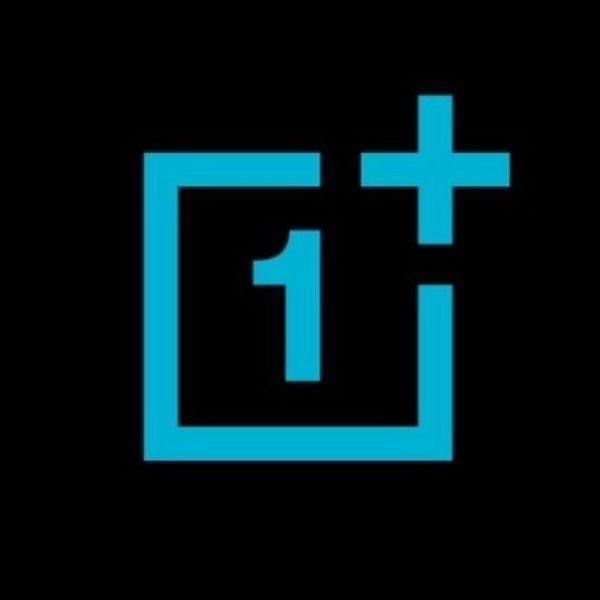In a significant move signalling ongoing challenges in the semiconductor industry, Intel Corporation (INTC) has announced the layoff of approximately 2,000 employees across its facilities in California, Oregon, and Arizona. The decision, which was communicated to employees earlier this week, comes as part of the company’s efforts to streamline operations and adapt to shifting market dynamics.
Intel, headquartered in Santa Clara, California, is one of the largest semiconductor manufacturers in the world. The layoffs represent a substantial reduction in its workforce, which has been under pressure due to a combination of factors, including supply chain disruptions, increased competition, and changes in consumer demand. This marks one of the largest cuts the company has made in recent years and follows a broader trend within the tech industry, where many firms are reassessing their workforce in light of economic uncertainties.
The layoffs are expected to affect various departments, including manufacturing, engineering, and administrative roles. Affected employees have been informed that they will receive severance packages that include benefits and assistance in finding new job opportunities. Intel has emphasized its commitment to supporting displaced workers during this transition.
Intel’s decision to reduce its workforce is part of a broader strategy to refocus its business. Over the past few years, the company has faced increased competition from rivals like AMD and NVIDIA, which have gained significant market share in the semiconductor sector. Additionally, global supply chain issues, exacerbated by the COVID-19 pandemic, have further complicated Intel’s operational capabilities and profitability.
In a recent statement, Intel CEO Pat Gelsinger acknowledged the difficult decision but emphasized the need for the company to adapt to changing market conditions. “We are committed to making the necessary adjustments to ensure Intel remains competitive and innovative,” Gelsinger stated. “This includes optimizing our workforce to better align with our strategic goals and the current economic landscape.”
The layoffs come at a time when Intel is also investing heavily in new technologies and facilities to boost its production capabilities. The company has announced plans to build new fabrication plants in various locations, including Ohio and Arizona, as part of a multi-billion-dollar investment strategy aimed at increasing domestic semiconductor production. This initiative is aligned with the U.S. government’s push to bolster the domestic semiconductor industry and reduce reliance on foreign suppliers.
However, industry analysts suggest that while these investments are crucial for Intel’s long-term growth, the immediate need to cut costs and streamline operations reflects the challenges the company currently faces. “Intel is at a critical juncture,” said Mike Moore, an analyst with Tech Insights. “While they are investing for the future, they must also navigate the harsh realities of today’s market. Layoffs can be a difficult but necessary step to ensure the company remains viable.”
The impact of these layoffs is likely to be felt not only by the employees directly affected but also by the broader communities in which Intel operates. With facilities in key technology hubs, the reduction in workforce could have ripple effects on local economies and the job market. The tech industry has long been a significant driver of economic growth in these regions, and large-scale layoffs may lead to concerns about future investment and stability.
As Intel moves forward, the company is also focusing on enhancing its research and development efforts to maintain its competitive edge. Gelsinger has highlighted the importance of innovation, stating that “the future of technology depends on our ability to lead in research and development.” The company is exploring partnerships with universities and research institutions to foster innovation and talent development in the semiconductor field.
In conclusion, Intel’s decision to lay off 2,000 employees reflects the broader challenges facing the semiconductor industry amid evolving market dynamics. While the company continues to invest in future growth and innovation, it must also address the immediate need to optimize its operations and workforce. As the tech landscape continues to evolve, Intel’s strategic adjustments will play a crucial role in determining its long-term success in a highly competitive environment.







